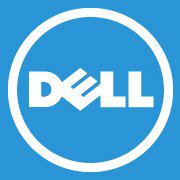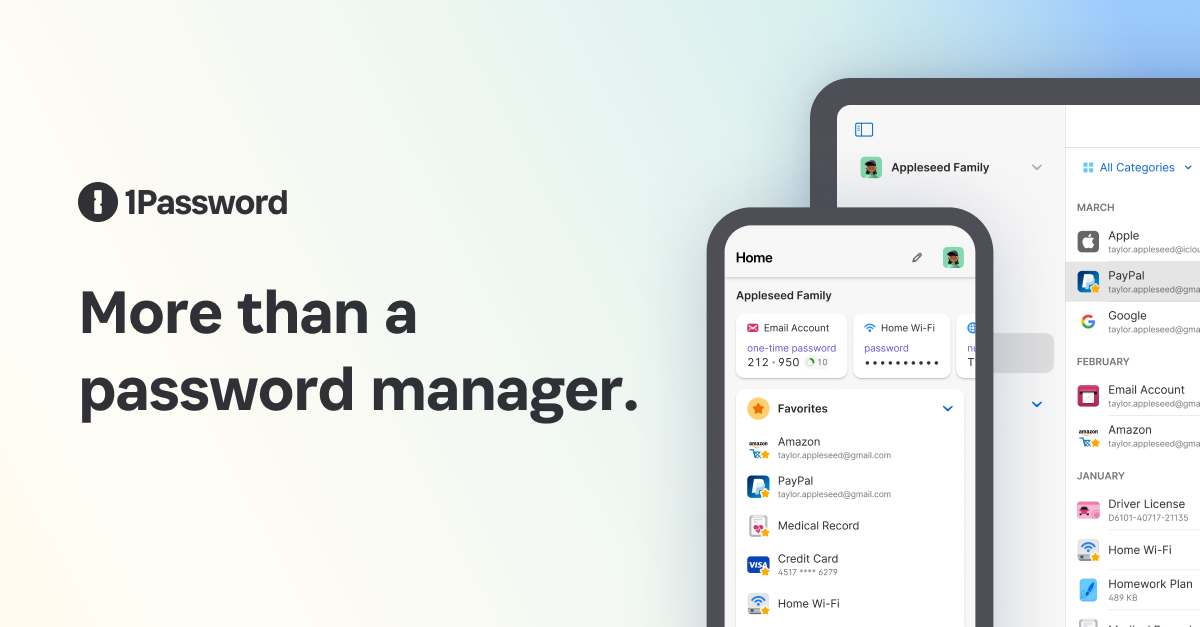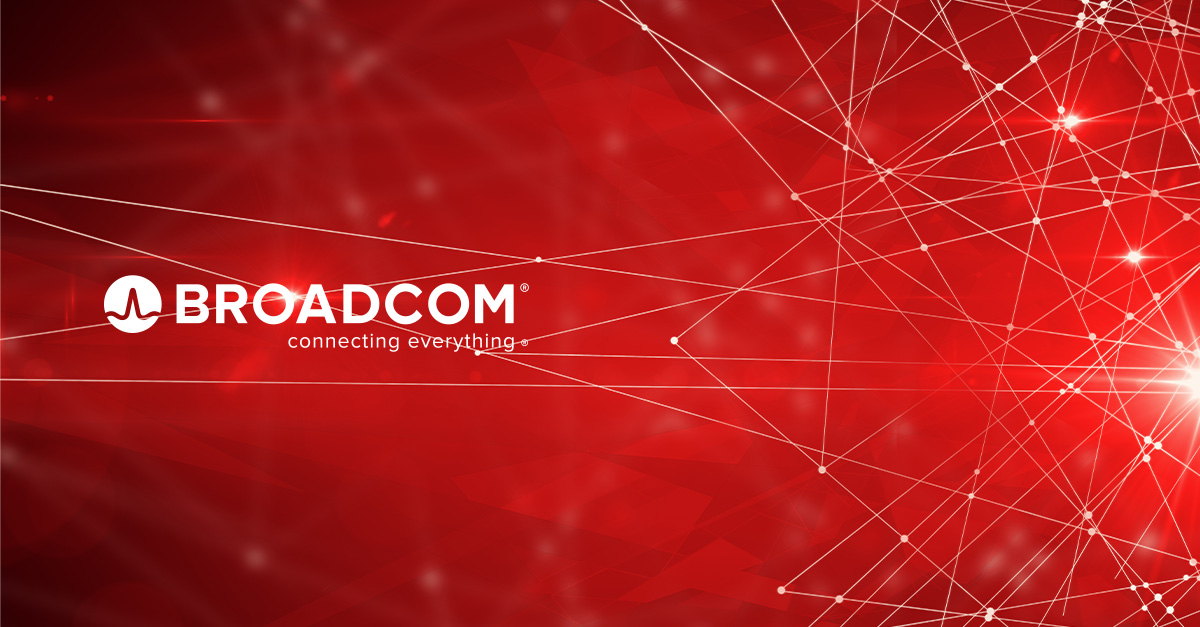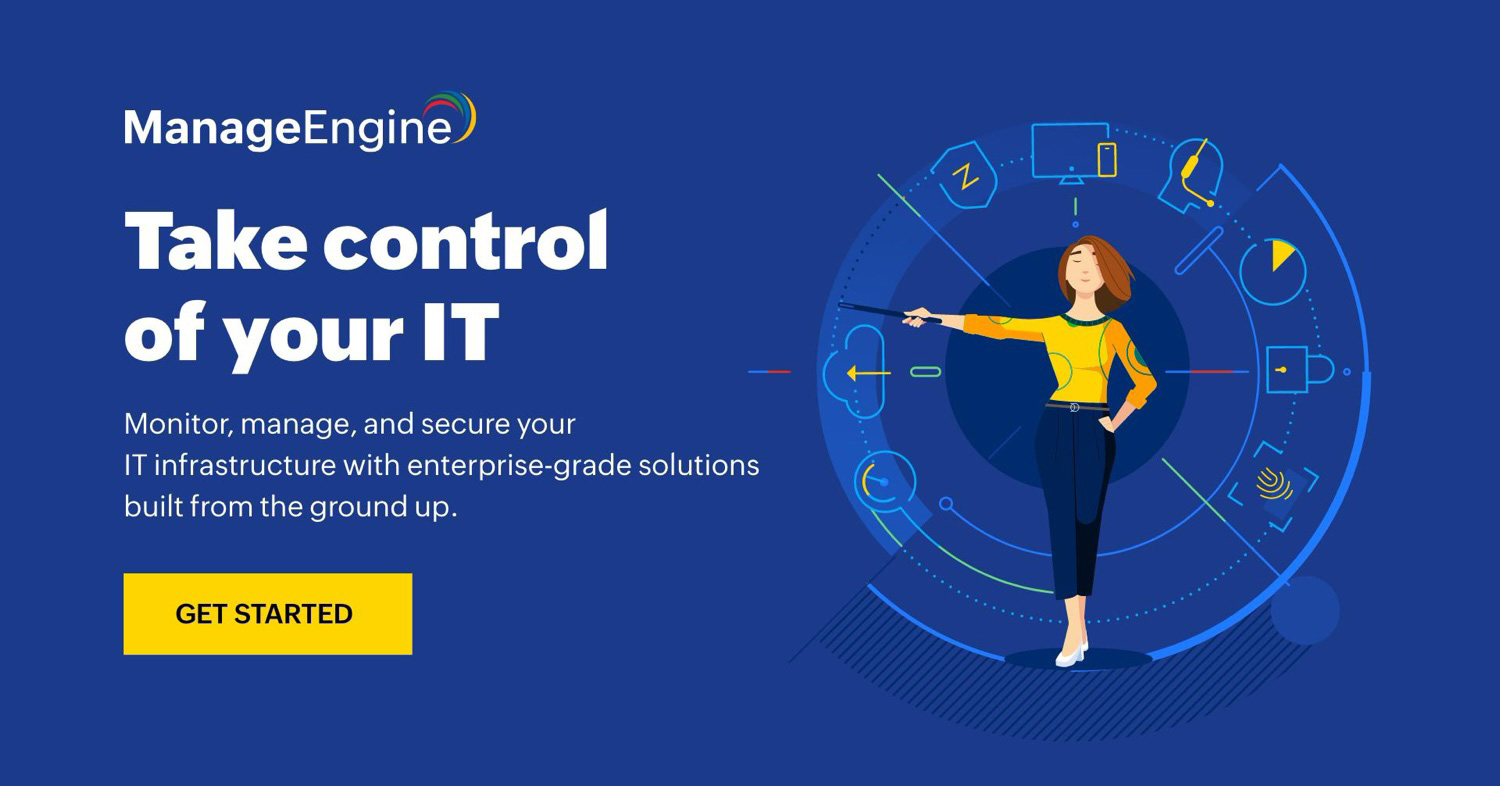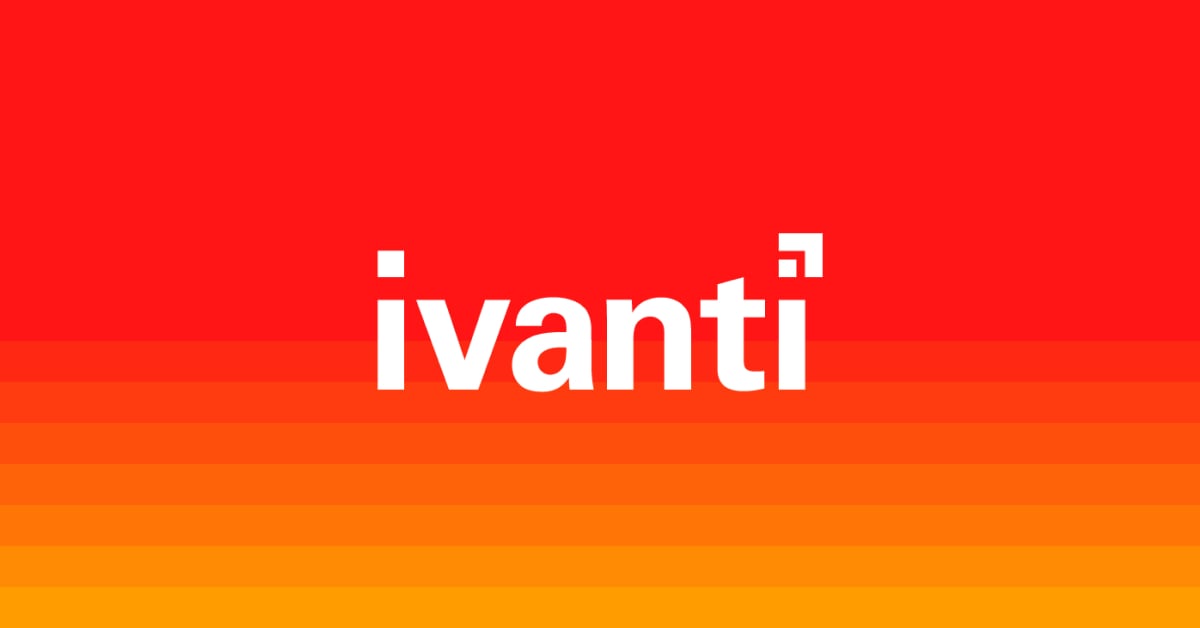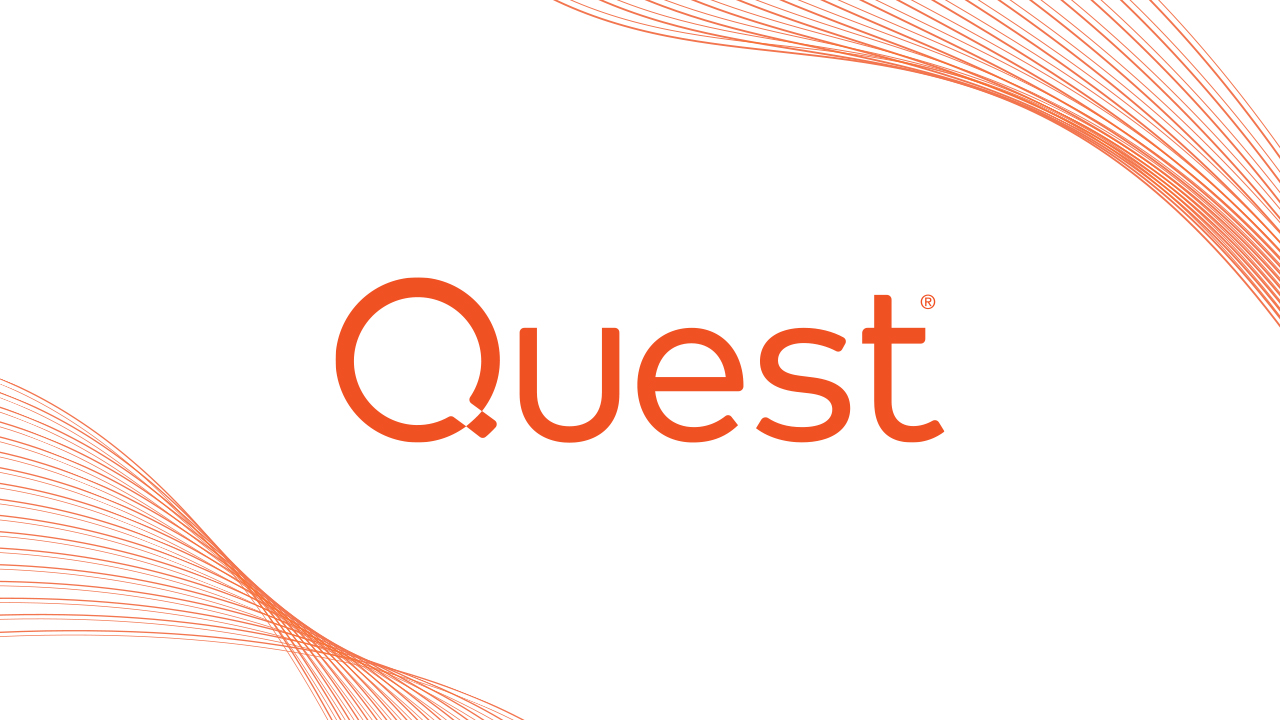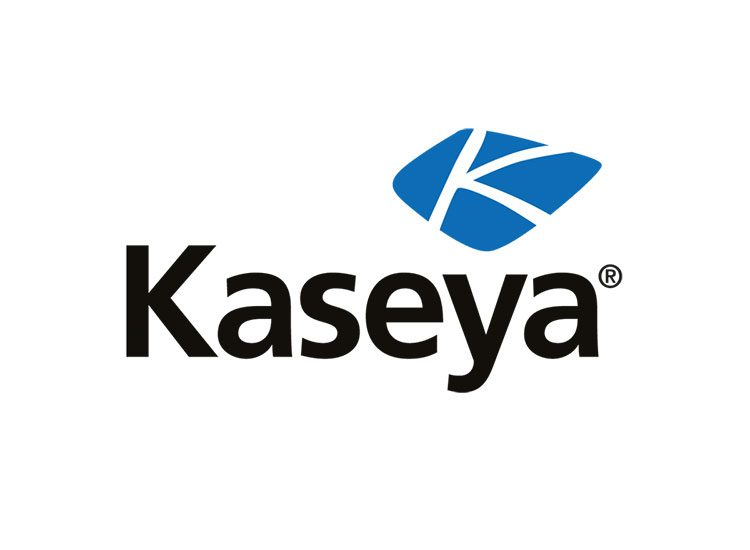Introduction
Endpoint management is crucial for any growing business to maintain security and productivity across their expanding device fleets. However, with so many options on the market, it can be challenging to identify the solution that best meets your unique needs. In this blog, we evaluate and compare 15 of the leading endpoint management platforms against criteria like functionality, ease of use, support and value.
Methods of Evaluation
To accurately assess and rank the top 15 endpoint management solutions, we evaluated each product based on key criteria like features, functionality, customer reviews, pricing and support. We also factored in more contextual signals like number of backlinks, traffic and keyword search trends to gauge relative popularity and market presence. Our goal is to provide a transparent, objective analysis to help readers identify the optimal solution for their specific business needs and IT infrastructure.
1. IBM MaaS360
IBM MaaS360 is an enterprise mobility management (EMM) solution from IBM that provides mobile device, application, and content management capabilities. With a large global customer base, MaaS360 offers worldwide support and data storage options. It tightly integrates with other IBM technologies like their applications and Watson APIs.
Pros: Some key advantages of IBM MaaS360 include:
– Large customer base with worldwide support and local data storage options
– Tight IBM integration including support for their applications and Watson technologies
– Mobile device, application, and content management
Cons: A potential disadvantage is that IBM MaaS360 may be more expensive than other EMM options due to its tight IBM integration and worldwide support.
Pricing: IBM MaaS360 pricing is based on the number of mobile devices managed. Other add-on services like application management and content filtering are priced separately. Contact IBM sales for a customized quote.
Some key stats about IBM MaaS360 include:
– Manages over 50 million devices globally
– Available in over 45 languages
– Supported on all major mobile operating systems including Android, iOS, and Windows
– Integrates with 200+ apps and platforms
2. Kace Systems Management Suite
Dell Kace Systems Management Suite is an endpoint management solution from Dell Technologies that provides comprehensive tools for deployment, inventory, patching, and remote control. With Kace, IT teams can gain visibility and control over all endpoint assets from a single console.
Pros: Some key advantages of Kace Systems Management Suite include:
– Lifecycle management for physical and virtual assets
– Patch, inventory and software distribution capabilities
– Strong reporting, scripting and remediation features
Cons: One potential disadvantage is that the pricing may be higher compared to some other endpoint management solutions for large environments with thousands of endpoints.
Pricing: Kace Systems Management Suite pricing starts at $45 per endpoint for annual subscriptions. Volume licensing and support options are also available for large-scale deployments.
Some key capabilities and stats about Kace Systems Management Suite include:
– Manage over 500,000 endpoints globally
– Deploy operating systems, applications and patches to thousands of devices simultaneously
– Maintain detailed hardware and software inventory on all managed endpoints
3. VMware Workspace ONE
VMware Workspace ONE is an integrated endpoint management (UEM) solution from VMware. As an industry leader in virtualization technologies, VMware brings over 25 years of experience managing complex IT environments to their unified endpoint management platform. Workspace ONE allows IT teams to securely deploy, access and manage any application on any device from a single console.
Pros: Some key advantages of VMware Workspace ONE include:
– Wide variety of deployment methods including virtual application and desktop capabilities
– Mobile Device Management features for iOS, Android and Chrome OS
– Robust identity management and access features
Cons: One potential disadvantage is the higher cost compared to some other endpoint management solutions on the market due to VMware’s enterprise-grade features and support.
Pricing: VMware Workspace ONE pricing is based on the number of managed devices. It has flexible licensing options including perpetual licenses or subscription-based licensing. Contact VMware sales for a custom quote based on your specific needs and volume of devices.
Some key stats about VMware Workspace ONE include:
– Manages over 100 million enterprise devices globally
– Supported on over 1,000 unique device types and operating systems
– Over 20,000 customers worldwide including 92% of Fortune 100 companies
4. Sophos Central
Sophos Central is an endpoint, network, and mobile security solution from Sophos. It provides a single cloud-based console for deploying and managing next-generation cybersecurity across an organization. As an all-in-one platform, Sophos Central aims to simplify security management while delivering comprehensive protection.
Pros: Some key advantages of Sophos Central include:
– All-in-one security featuring endpoint, firewall and more
– Simple deployment and cloud-based management
– Real-time alerts and automated responses
– Application whitelisting and control capabilities
– Active directory integration for policy control
Cons: One potential disadvantage is that the all-in-one platform means organizations are reliant on a single vendor for all their cybersecurity needs.
Pricing: Sophos Central pricing starts with an free 30-day trial. After the trial period, paid subscriptions begin at $60 per year for endpoint protection. Additional modules like firewall, mobile or server protection have additional annual fees.
Some key stats about Sophos Central include:
– Protects over 420,000 organizations globally
– Manages over 100 million endpoints
– Monitors over 1 trillion web requests per month
– Provides security for network, endpoints, servers and mobile devices
5. BlackBerry UEM
BlackBerry UEM (Unified Endpoint Management) is an endpoint management software developed by BlackBerry. With a heritage in mobile security and management, BlackBerry UEM provides a comprehensive platform to secure, manage and support any endpoint including smartphones, tablets, laptops and desktops.
Pros: Key advantages of BlackBerry UEM include:
– Strong mobile security heritage including VPN, encryption and containerization
– Expand cloud management capabilities beyond devices to apps and content
– Lifecycle management of assets from provisioning to retirement
Cons: One potential disadvantage is that BlackBerry UEM may be more expensive than some other endpoint management options for smaller businesses due to its strong enterprise features.
Pricing: BlackBerry UEM pricing is based on the number of enrolled devices. It offers annual subscription plans starting from $36 per year for essentials up to $72 per year for ultimate edition.
Some key stats about BlackBerry UEM include:
– Manages over 500 million endpoints globally
– Used by many of the Fortune 500 companies
– Over 20 years of experience in endpoint and mobile security
– Helps secure government agencies and military organizations
6. Fortinet FortiClient
Fortinet FortiClient is endpoint security software developed by Fortinet, a global leader in cybersecurity solutions and services. FortiClient provides robust endpoint protection across Windows, Mac, iOS and Android operating systems. It integrates tightly with Fortinet’s networking and security platforms to deliver comprehensive protection for endpoints.
Pros: Some key advantages of FortiClient include:
– Robust endpoint protection across Windows, Mac, iOS and Android
– Tight integration with Fortinet networking and security platforms
– Endpoint compliance enforcement and device control
Cons: One potential disadvantage is that as a proprietary solution, it only integrates fully with other Fortinet products and may not be as easily integrated into multi-vendor environments.
Pricing: FortiClient licensing is based on the number of protected endpoints. Pricing varies based on the edition selected – Standard or Premium – and number of endpoints. Contact Fortinet sales for an exact quote.
Some key stats about FortiClient include:
– Protects over 50 million endpoints globally
– Available for Windows, Mac, iOS and Android
– Integrates with over 30 Fortinet and third-party products and services
7. 1Password for Teams
1Password for Teams is a password manager and digital vault developed by 1Password to help businesses and their employees securely access websites and applications. With 1Password for Teams, organizations can centrally manage login credentials, passwords, payment details and other sensitive information for an entire team in one secure location.
Pros: Some key advantages of 1Password for Teams include:
– Central management and policy controls for an organization’s admin
– Tight integrations with over 500+ popular SaaS apps and services
– Strong access controls with granular permissions, VPN enforcement, IP address restrictions and 2FA
– Comprehensive audit logs and reporting on team password and data access
Cons: A potential disadvantage is that the pricing can be higher than other password managers for larger teams and enterprises due to the additional advanced access controls and centralized management capabilities provided.
Pricing: 1Password for Teams pricing starts from $8 per user per month for the Essentials plan (billed annually) and goes up to $20 per user per month for the Business plan (billed annually) which includes extra features like SSO, JIT access, mobile access etc. Volume discounts are also available for larger deployments.
Some key stats about 1Password for Teams include:
– Used by over 100,000 businesses worldwide
– Compatible with all major browsers and operating systems
– Supports Single Sign-On (SSO) with popular identity providers like Okta, OneLogin, Azure Active Directory etc.
– Enterprise-grade security with 256-bit AES encryption at rest and TLS 1.2+ in transit
8. CA Technologies Unified Infrastructure Management
CA Technologies Unified Infrastructure Management (CA UIM) is an endpoint management software solution from Broadcom Inc. that provides cross-platform device, application and license management from a single pane of glass. It offers unified monitoring and control across mobile devices, desktops, servers and more through its automation engine.
Pros: Key advantages of CA Technologies Unified Infrastructure Management include:
– Cross-platform device, application and license management
– Single pane of glass for unified monitoring and control
– Automation engine for streamlining operations
Cons: A potential disadvantage is that the software requires significant resources to deploy and manage at large scales which can increase total cost of ownership.
Pricing: CA Technologies Unified Infrastructure Management pricing is based on the number of managed devices. Starting pricing is $5 per endpoint for up to 500 devices with volume discounts available for additional devices.
Some key stats about CA Technologies Unified Infrastructure Management include:
– Manages over 150,000 endpoints globally
– Integrates with over 300 third party applications via its open API
– Reduces operations costs by up to 30% through automation
9. ManageEngine Desktop Central
ManageEngine Desktop Central is an endpoint management solution developed by ManageEngine. It provides system administrators with visibility and control over endpoint devices including desktops, laptops, kiosks and servers across Windows, Mac and Linux platforms. Desktop Central helps simplify and streamline deployment, management and security of endpoints from a single console.
Pros: Some key advantages of ManageEngine Desktop Central include: Affordable pricing model for all business sizes, Robust patch management and software updates, Detailed software and hardware inventories, Remote control and wake-on-LAN support, User profile management and synchronization.
Cons: One potential disadvantage is that the free trial version only supports management of up to 10 devices, so it may not be suitable for larger deployments needing to manage hundreds or thousands of endpoints without purchase.
Pricing: ManageEngine Desktop Central offers flexible pricing plans starting from free for 10 devices to unlimited device management starting from $1,995 per year. It also offers always-free perpetual licensing for non-profit and educational organizations.
Some key stats about ManageEngine Desktop Central include: Supports management of over 100,000 endpoints; Comes pre-loaded with 600+ application and OS patches for Windows, Mac and Linux; Offers remote control for over 15,000 applications; Provides hardware and software inventory for 15 core attributes per device.
10. Ivanti
Ivanti is an endpoint management and security software provider headquartered in Utah, USA. Founded in 2005, Ivanti helps organizations discover, manage, secure and service their IT assets from cloud to edge. The company provides unified endpoint management, cybersecurity and enterprise service management solutions.
Pros: Some key advantages of Ivanti include:
– Robust patch and vulnerability management capabilities to proactively fix vulnerabilities
– Desktop application virtualization features for easier app deployment and management
– Integrated service desk and remote access for improved incident resolution
– CMDB, asset tracking and software metering for increased visibility
– Mobile device management capabilities for managing iOS and Android devices
Cons: One potential disadvantage is that Ivanti solutions may be complex to deploy and manage for very large and distributed environments with stringent security and compliance needs. Extensive training and professional services engagement may be required for such deployments.
Pricing: Ivanti pricing is based on the number of managed devices. It offers flexible licensing options including perpetual, term and subscription licenses. Typically starter packs are available for up to 500 devices starting from around $4,000 and volume discounts are available for deployments with thousands of endpoints.
Some key stats about Ivanti include:
– Over 10,000 customers worldwide across various industries
– Supports management and security of over 100 million endpoints
– Integrates with over 150 providers for third-party app and device support
– Named a leader in the 2021 Gartner Magic Quadrant for Unified Endpoint Management Tools
11. Quest KACE
Quest KACE is an endpoint management and systems management solution from Quest Software. KACE provides capabilities like remote monitoring and management (RMM), software distribution, security and compliance features to help simplify and automate day-to-day IT tasks. It helps organizations manage their physical, virtual and cloud-based IT assets from a single console.
Pros: Some key advantages of Quest KACE include:
– Acts as a single pane of glass for endpoint, server and application management
– Saves time by automating repetitive IT administration tasks
– Improves security posture with features like automated patching and configuration monitoring
– Reduces IT costs by streamlining IT operations
Cons: One potential disadvantage is the size and complexity of the KACE solution which requires dedicated administrative resources to implement and manage effectively.
Pricing: Quest KACE pricing is based on the number of managed devices. It has flexible licensing options for both on-premise and cloud-hosted deployments starting from $35 per endpoint for the base managed platform.
Some key stats and capabilities of Quest KACE include:
– Can manage over 50,000 endpoints
– Supports Windows, Mac, Linux and various mobile operating systems
– Provides over 450 application and patch plugins out of the box
– Integrates capabilities like helpdesk, inventory, software distribution, security and compliance
– Offers options for on-premise or cloud-hosted deployments
12. Jamf
Jamf is an industry leader in Apple device management. Founded in 2002, Jamf has been solely focused on empowering organizations through Apple. Today, more than 50,000 global customers trust Jamf to help them succeed with Apple.
Pros: Some key advantages of Jamf include:
– Industry leader for Mac and iOS management
– Powerful device enrollment and configuration
– App distribution and updating is simple
– Device restrictions and profile controls
– Mobile device management capabilities
Cons: One potential disadvantage is that Jamf is focused solely on Apple device management, so it may not be suitable for organizations with a mixed environment.
Pricing: Jamf offers flexible pricing plans including subscription licensing based on the number of devices managed. Pricing starts at $2 per device per month for the Essentials plan up to $4.50 per device per month for the Pro plan. Volume discounts are also available.
Some key stats about Jamf include:
– Manages over 20 million Apple devices worldwide
– 15 years of experience managing Apple deployments
– Over 50,000 customers including 94% of Fortune 500 companies
– Supports all Apple platforms including Mac, iPhone, iPad, Apple TV and Apple Watch
13. Datto RMM
Datto RMM is a leading remote monitoring and management (RMM) software that provides IT professionals with a unified platform to manage, monitor and backup endpoints, networks and critical business systems. As one of the top RMM solutions on the market, Datto RMM aims to help MSPs streamline operations and deliver best-in-class support to their SMB customers.
Pros: Some key advantages of Datto RMM include:
– Remote monitoring and management through a unified console.
– Integrated PSA, backup and business continuity tools.
– Robust security and compliance features for multi-location SMBs.
Cons: A potential disadvantage is that the pricing can be more expensive compared to some other RMM solutions, especially for smaller MSPs just starting out.
Pricing: Datto RMM pricing starts at $2.25 per endpoint per month for standard remote monitoring and management. Additional features like backup, networking, security and professional services automation (PSA) functionality are available as add-ons to the base RMM package.
Some key stats about Datto RMM include:
– Supports over 35,000 managed service providers (MSPs) globally.
– Handles remote monitoring and management of over 1.5 million endpoints.
– Integrates with key RMM features like network monitoring, asset management, patch management, vulnerability scanning and more.
14. ConnectWise Automate
ConnectWise Automate, formerly known as LabTech, is a powerful remote monitoring and management (RMM) solution developed by ConnectWise. As one of the leading RMM platforms for MSPs, ConnectWise Automate helps IT professionals efficiently manage, monitor, and maintain their customers’ IT infrastructure from a single centralized dashboard.
Pros: Some of the key advantages of ConnectWise Automate include:
– Powerful RMM solution focused on automation and integration
– Intuitive dashboard for monitoring all systems from one place
– Ticketing, invoicing and other PSA capabilities included
Cons: One potential disadvantage is the learning curve required to leverage all of the powerful automation and integration features in ConnectWise Automate.
Pricing: Pricing for ConnectWise Automate starts at $79 per managed endpoint per month for the basic tier, which scales based on number of endpoints and modules/features included.
Some key stats about ConnectWise Automate include:
– Over 25,000 customers globally
– Supports management of over 10 million endpoints
– Includes remote control, scripting, patching, antivirus, and more
15. Kaseya VSA
Kaseya VSA, formerly known as Virtual System Administrator, is a remote monitoring and management (RMM) software developed by Kaseya. As one of the leading RMM solutions on the market, Kaseya VSA allows IT professionals to remotely manage, monitor, and maintain an unlimited number of workstations and servers from a single console.
Pros: Some key advantages of Kaseya VSA include: robust monitoring and management capabilities for networks, devices, applications and servers; centralized patch management for applications and OS updates; remote control, scripting and automation tools; flexible licensing and pricing models for companies of all sizes;
Cons: A potential disadvantage of Kaseya VSA is that the interface can be complex for some users to learn due to the large number of features and options. Technical support may also be required for initial set up and configuration.
Pricing: Kaseya VSA pricing starts at $299 per technician per year for the basic ‘Essentials’ plan and scales up based on number of managed nodes and desired features. Additional services like professional services, VSA as a service, and custom integrations are also available for purchase.
Some key stats about Kaseya VSA include: ability to manage over 1 million endpoints; supports all major desktop and server platforms; recently acquired over 35,000 customers worldwide; offers over 900 configurable reports;
Conclusion
With the vast selection of endpoint management options available today, finding the right fit requires careful consideration of your budget, technical requirements and organizational goals. We hope this comprehensive review and ranking of the 15 top solutions gives you valuable insights to shortlist the platforms that best address your unique needs. Performing due diligence on the top few options by exploring features in depth and talking to references can help you select the most effective solution to centrally manage and secure your distributed devices now and into the future.





